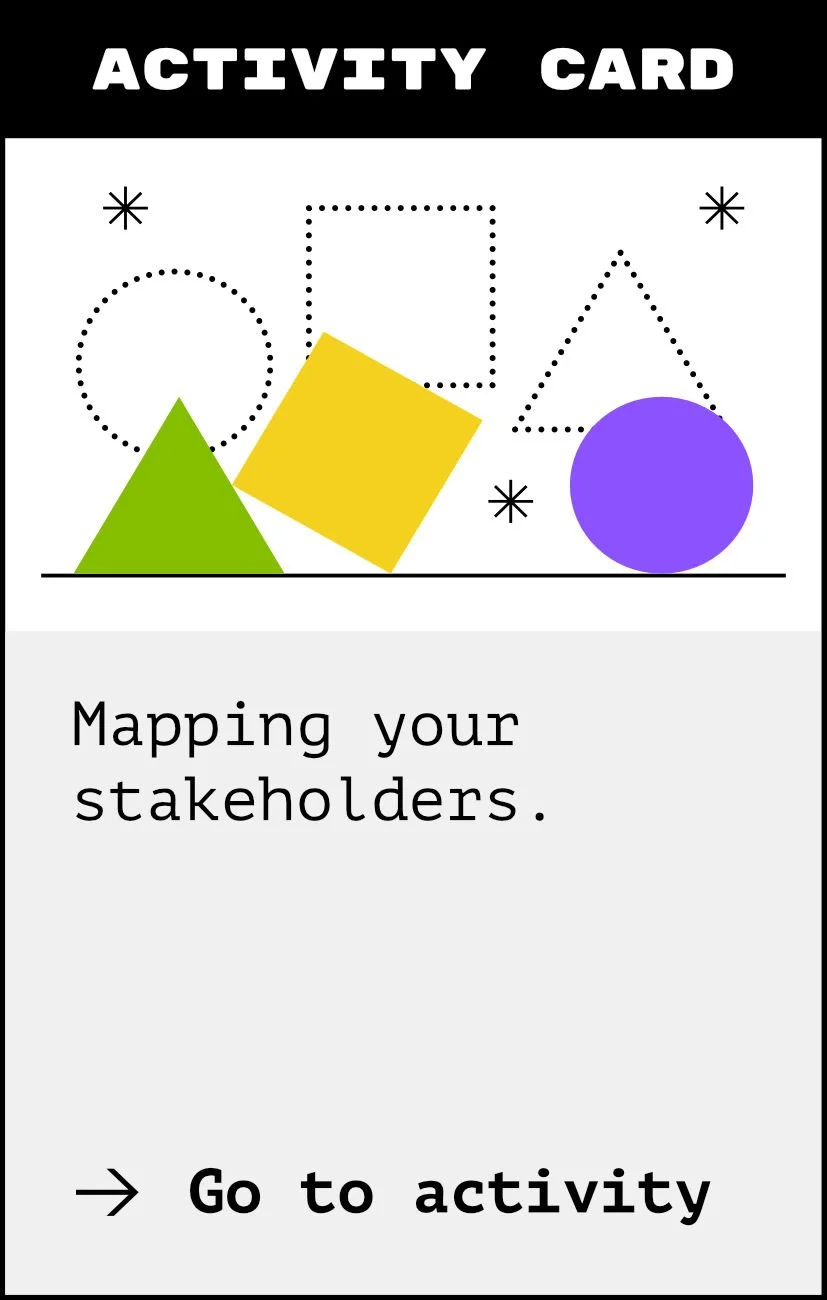Who needs to be involved
It is time to identify stakeholders to be involved in the participatory visioning process, such as community members, local businesses, start-ups and social enterprises, community associations and non-profit organisations, government officials and policymakers, academics and subject matter experts. With your core team, start to map out who needs to be involved.
It can be useful to start with mapping people and organisations who are already working towards social and ecological wellbeing and economic systems change. Then focus on who is missing:
Whose wellbeing is most impacted by the current economic system? Which voices within the community are less likely to be heard? Are those who may experience low levels of wellbeing well-represented?
Which people and organisations have power and influence over the current economic system but are not yet engaged?
Which stakeholders are critical for the implementation of strategies and actions to move towards a wellbeing economy?
How can you create a voice for future generations in the visioning process, being aware that children and young people cannot automatically be considered ‘proxies’ for the needs and interests of future generations?
Think about what influences the ability of each of these groups to engage in the visioning process. How can barriers to engagement be overcome? Barriers may include both practical considerations (e.g., the timing of meetings, transport, childcare, financial support, language support and access for people with disabilities), as well as social and political barriers that may constrain people to speak freely.
Activity
Have a go at mapping your stakeholders by clicking on the Activity Card.

